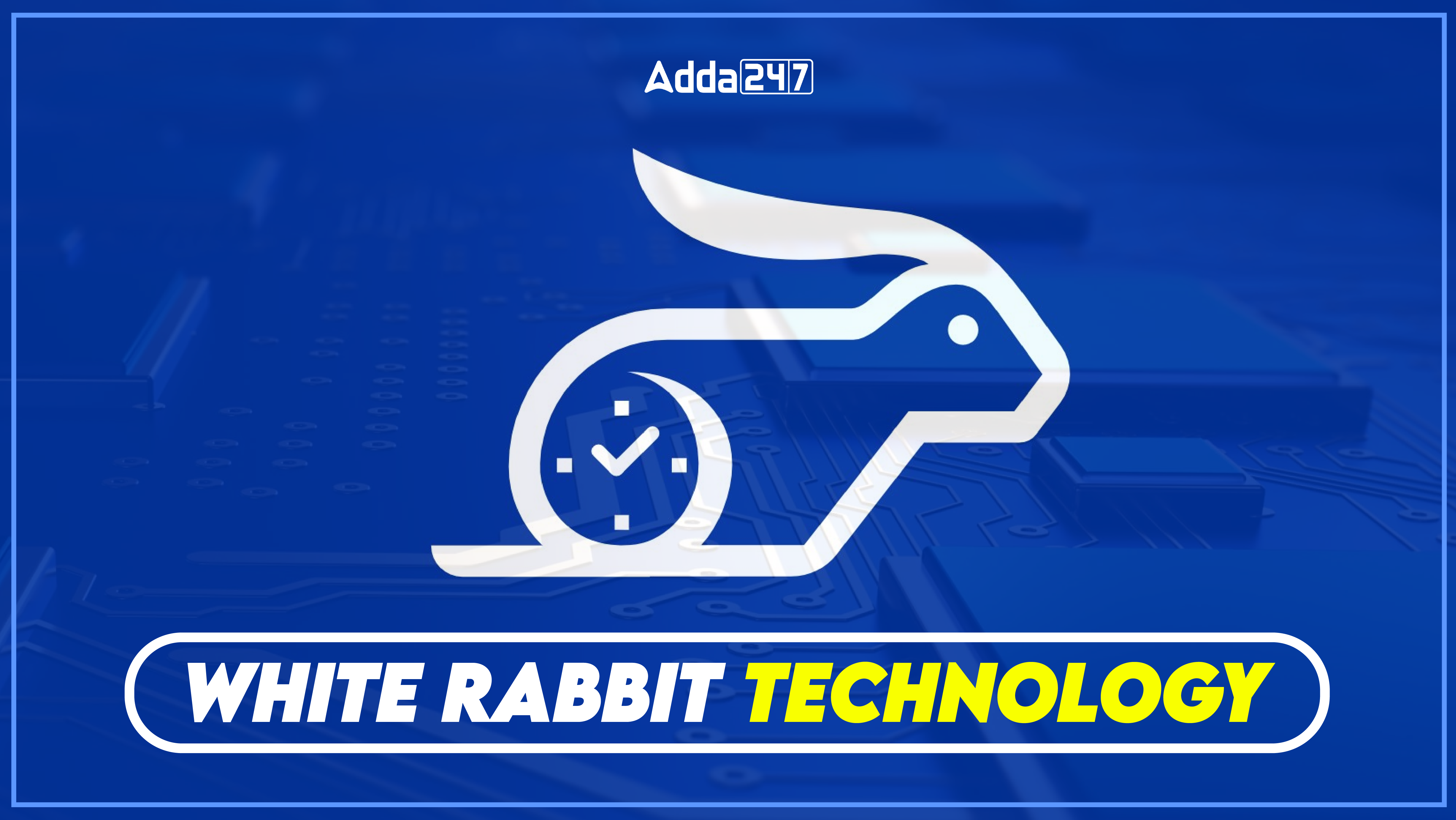Table of Contents
Born at CERN for particle accelerator timing, White Rabbit technology isn’t your average bunny. It supercharges Ethernet networks, achieving sub-nanosecond synchronization accuracy. This means every device on the network has a perfectly coordinated internal clock, critical for split-second precision in science, finance, and even self-driving cars. As an open-source project, White Rabbit is hopping out of research labs and into various industries, making precise timing a reality for the future. Knowing about White Rabbit showcases your awareness of cutting-edge advancements with practical applications.
White Rabbit Technology
- White Rabbit technology, developed at CERN in collaboration with institutes and companies, synchronizes devices in accelerators down to sub-nanoseconds, addressing the challenge of establishing a common notion of time across a network.
- White Rabbit Switches offer sub-nanosecond synchronization accuracy previously achievable only with dedicated hard-wired timing systems, but now with the flexibility and modularity of real-time Ethernet networks, achieving sub-nanosecond accuracy in Ethernet-based networks.
- A White Rabbit network can provide timing and synchronization to a distributed electronic system or both timing and real-time data transfer.
- In 2020, White Rabbit was included in the Precision Time Protocol (PTP), a worldwide industry standard governed by the Institute of Electrical and Electronics Engineers (IEEE).
- A key feature of White Rabbit is its open-source nature and adherence to standards, allowing companies and institutes to customize it to their needs and integrate it into their products and systems.
- White Rabbit finds applications in the finance sector, and research infrastructures is under evaluation for potential use in the future quantum internet.
- The technology also holds promise in shaping the future landscape of global time dissemination technologies, currently heavily reliant on satellites.
White Rabbit Collaboration
The White Rabbit Collaboration is focused on precision time synchronization technology. Here’s a breakdown of its key aspects:
Origin and Technology:
From CERN to Open Source:
- Though the WR technology was initially developed to meet the unique requirements of CERN, it soon became apparent that it had broader applications.
- It became completely open-source in 2012, allowing anyone to use and develop it without restriction.
The White Rabbit Collaboration
- Launched in 2020, the White Rabbit Collaboration is a global community built around this open-source technology.
- It functions with a membership structure, fostering collaboration and ensuring the technology’s continued advancement.
Goals of the Collaboration:
- Maintaining a High-Performance Technology: The collaboration aims to ensure the WR technology remains cutting-edge and meets the evolving needs of users.
- Industry Adoption: A key objective is to encourage broader adoption of WR technology by various industries beyond high-energy physics.
- Collaboration and Development: The collaboration fosters joint research and development projects among member organizations with shared interests.
- Building Trust: By establishing a testing ecosystem, the collaboration aims to build trust and confidence in products based on WR technology.
White Rabbit Technology Ethernet
Standard Ethernet networks can be improved to reach sub-nanosecond sync quality with White Rabbit technology. It was created at CERN and makes sure that all network devices have a precisely synchronized internal clock, which is necessary for accurate timing in devices such as particle accelerators. Because White Rabbit is open-source, anyone can use and develop it, which might change the game for sectors where timing is crucial, like finance, telecommunications, and self-driving cars.
White Rabbit Protocol
The term “White Rabbit Protocol” isn’t as commonly used as “White Rabbit Technology” or “White Rabbit Project.” Here are the following the technology and how it relates to protocols:
The Role of Protocols:
- Protocols are essentially the rules of communication that devices on a network use to understand each other.
- White Rabbit technology relies on a combination of protocols to achieve its remarkable accuracy:
– Ethernet: Provides the underlying network infrastructure for data transmission.
– Precision Time Protocol (PTP): Establishes a common time reference across the network by exchanging timestamps between devices. White Rabbit builds upon PTP by incorporating additional hardware components for even more precise time measurements.
Beyond Protocols:
- White Rabbit technology goes beyond just protocols. It also includes specialized hardware components like high-precision clocks and time distribution modules. These elements work together with the protocols to achieve the sub-nanosecond synchronization accuracy.
White Rabbit Switch
The White Rabbit Switch (WRS) is the core of a White Rabbit network, distributing an exceptionally accurate reference clock signal to all connected devices. Built on standard Ethernet switches, the WRS ensures sub-nanosecond synchronization across the network using a special hierarchical architecture, making it essential for applications requiring ultra-precise timing.
White Rabbit Technology UPSC
White Rabbit Technology, developed at CERN, is unlikely to be directly tested on the UPSC exam. However, understanding its significance can be beneficial. This technology achieves sub-nanosecond time synchronization on standard Ethernet networks. Imagine perfectly coordinated clocks across a network! It’s crucial for scientific research at CERN but has applications in finance, telecommunications, and even self-driving cars – all areas that UPSC might ask about in the context of Science & Technology or General Awareness.
| Related Articles | |
| National Game of India | |
| Rashtriya Krishi Vikas Yojana | |
| Appiko Movement | |



 TSPSC Group 1 Question Paper 2024, Downl...
TSPSC Group 1 Question Paper 2024, Downl...
 TSPSC Group 1 Answer key 2024 Out, Downl...
TSPSC Group 1 Answer key 2024 Out, Downl...
 UPSC Prelims 2024 Question Paper, Downlo...
UPSC Prelims 2024 Question Paper, Downlo...





